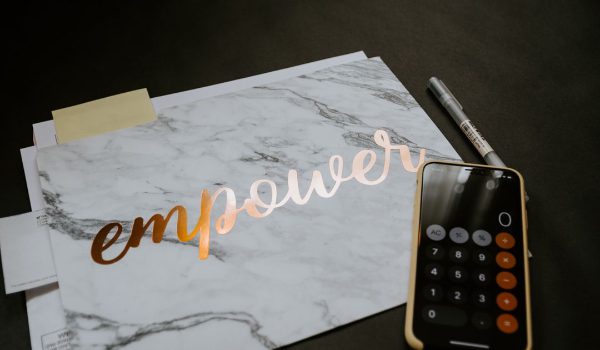
Customer financing opportunities, such as flexible lease-purchase programs, are very convenient ways to diminish the financial impact of important major purchases. Whether you’re financing electronics, appliances, or a new engagement ring, flexible finance options give you the chance to have what you need when you need it, without breaking the bank.
However, lease-purchase programs can start to seem less convenient when the bill starts coming in every month. Only 30% of all Americans have long-term financial plans that cover investment and savings goals, so many people find themselves financially unprepared to take on additional payments.
If this sounds like you, read on to learn how to effectively manage your finances when you have multiple or unexpected monthly payments.
Know Who and How Much You Owe
When you start to organize your finances, one of the first things you should do is make a list of every creditor you owe money to, how much you owe them, how much the monthly payment is, when the payments are due, and when the debt will be paid off with your current payment plan. This isn’t just busywork — this is critical for simply understanding your financial situation.
Once you’ve listed your debts, you can confirm them by checking your credit report.
This list will give you a full mental picture of your financial condition, especially as it relates to the money you owe. You will want to update it periodically as you pay down what you owe.
Define Your Total Monthly Expenses
The next step in organizing your finances is to find out how much you spend every month. This should be easy to do: simply review your last three months of spending as it’s displayed on your bank or credit card statements. Write down what you spend on fixed payments like rent, utilities, and insurance. Then tally up what you spent on things like groceries, service subscriptions, clothes, and maintenance products over the past three months. Divide the total by three for each category, and you’ll have the average of what you spend each month on everything.
Next, compare what you’ve been spending along with your monthly payments to your monthly income. Have you been spending more than you earn, earning more than you spend, or just breaking even? If you’ve been overspending or breaking even, you’ll want to find ways to cut your spending so you can set savings goals and pay down any debts you have more quickly.
Make a Monthly Payment Calendar
Finally, make a calendar for yourself that features every payment and average expense you have each month. When you go shopping or make online purchases, just make sure you don’t go over what you’re prepared to spend, and always make at least your minimum payments on time. Then you’ll be better financially prepared than probably any of your friends or neighbors.
Hopefully, this short guide has helped you understand how to manage your finances with monthly payment programs like lease-purchase programs.


